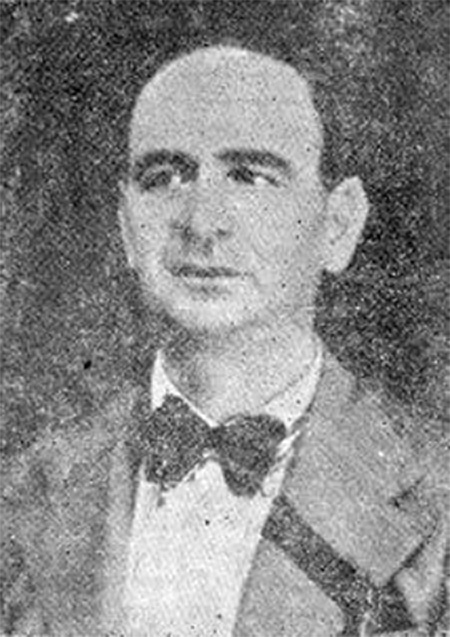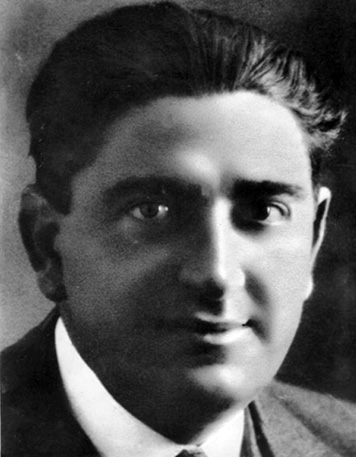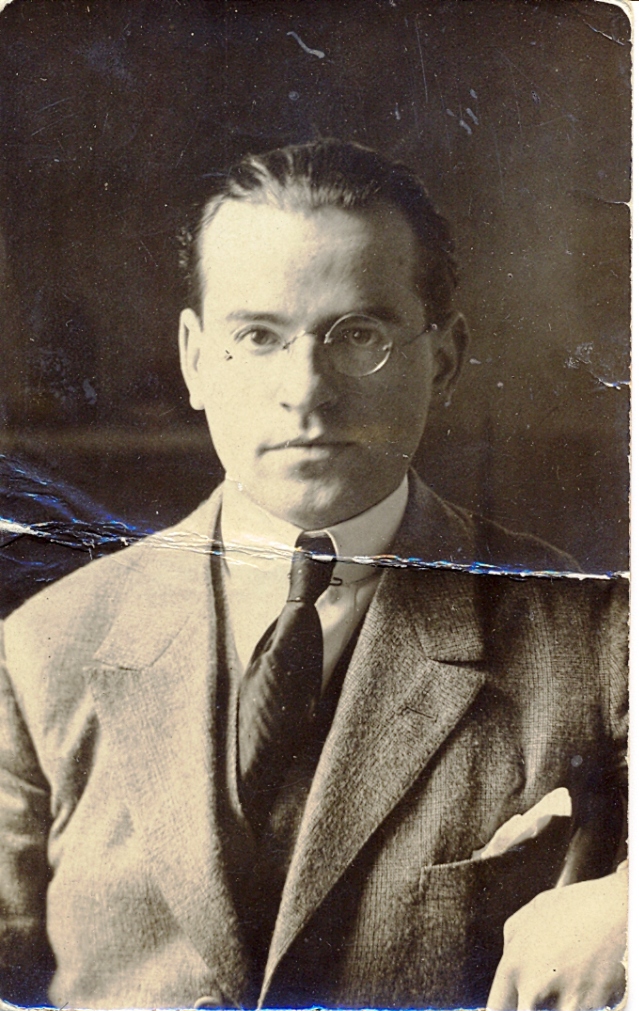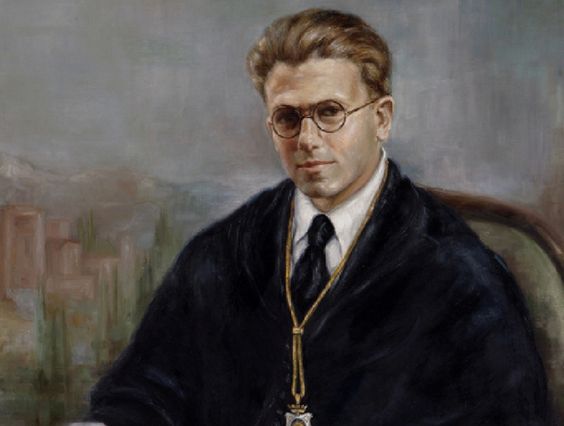Inspector assigned to the Police Station of Granada who, after the triumph of the uprising against the Republic in 1936, is appointed by the seditious chief of police in charge of directing the fierce repression against thousands of leftist sympathizers. He was born in Cáñar, a tiny village in the Alpujarra. As Captain José Nestares told the journalist Eduardo Molina Fajardo, he was a “very right-wing” and exaggerated guy and had been a follower of Natalio Rivas, the Alpujarran chieftain who was a Member of the Parliament for the Liberal Party (1901-1924), elected in the 1936 general elections and later a procurator in the Franco Parliament.
To carry out his work, Romero Funes had his own squad of assassins. He was in charge of calling Víznar from the Gobierno Civil to announce the dispatch of new death row inmates.
Romero Funes, who acted under the direct command of the civil governor giving the order, to whom he was secretary or assistant, , along with Valdés, for the arrest of García Lorca, at the request of Ramón Ruiz Alonso. He died in an altercation with the band of the Quero Brothers, the members of the resistance in Granada who put the forces of order in check.
To carry out his work, Romero Funes has his own squad of assassins, known as the Escuela del Panadero (Baker’s School). He was in charge of calling Víznar from the Gobierno Civil to announce the sending of new death row prisoners, and was the one who personally ordered the arrest of Dióscoro Galindo, the lame teacher from Pulianas shot along with Lorca. He also gives instructions for a lieutenant in his service to pick up at the police station the trade unionist Francisco Galadí Melgar and another detainee nicknamed El terrible (The Terrible) and takes them to Víznar to be shot with García Lorca.
It had a very novel ending. He was shot on Sunday, March 26, 1944 when he participated in an operation to arrest several members of the Quero Brothers who were in a brothel. In the confusing shootout, in which three of the maquis were killed, he was wounded by a bullet in the belly. On Wednesday 29, he was buried after a huge mourning demonstration organized by the Gobierno Civil. His death induced the General Directorate of Security to send to Granada a group specialized in the combat of the anti-Franco guerrillas.



